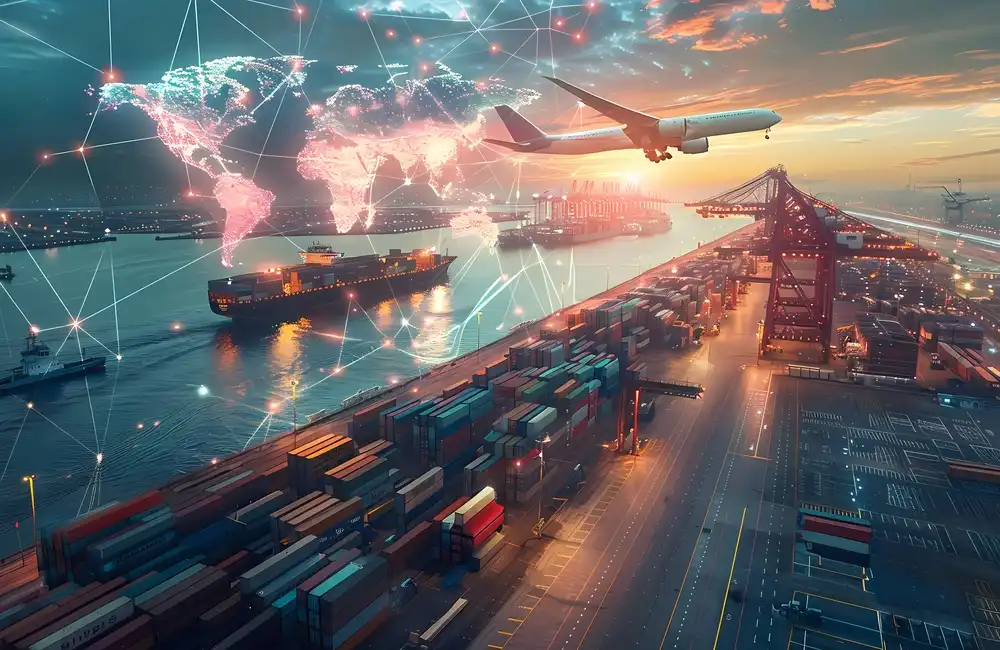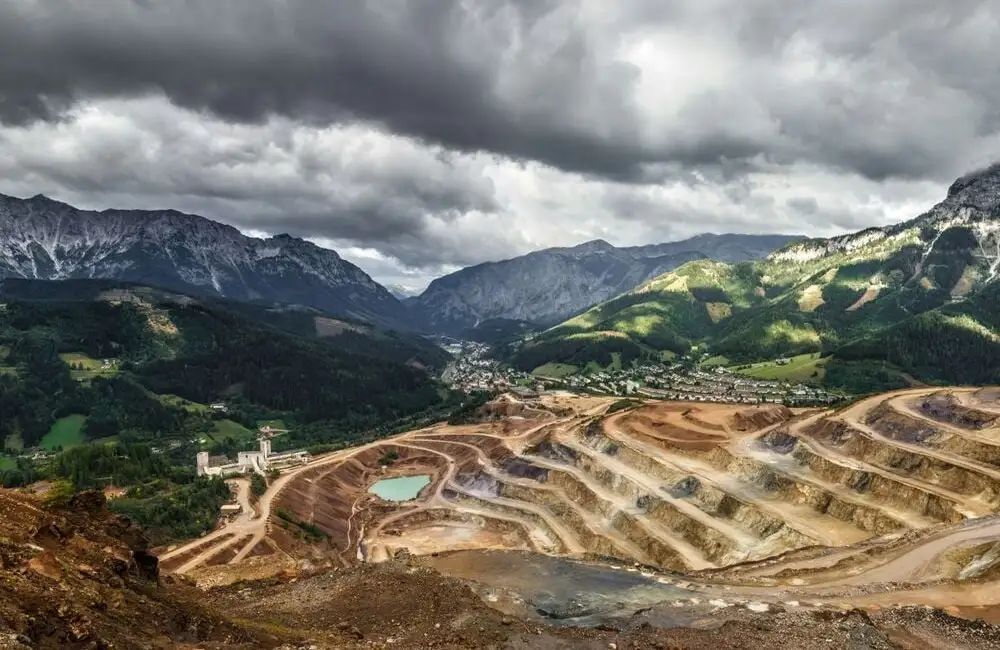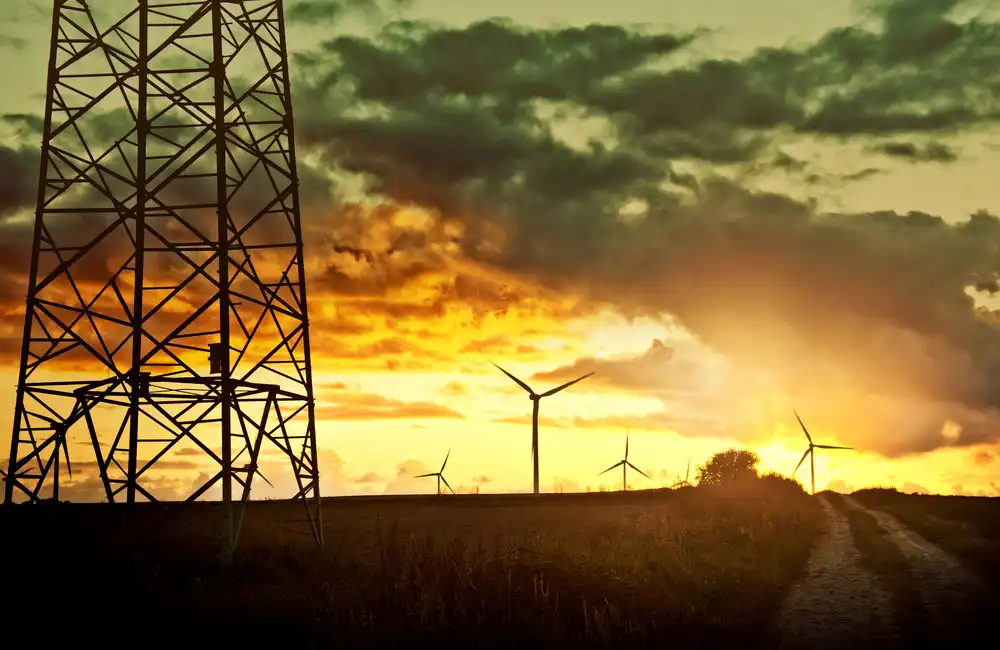Capital at risk. The value of investments may go down as well as up and is not guaranteed. Visitors are reminded that they may lose the price placed.
Historically, the prices of commodities have tracked with the GDP. Strong growth usually brings more investment in the form of new buildings, machinery or products, all of which requires materials, such as lithium, or copper. Mining companies would typically lean into that demand, introducing new supply. But demand would too often then reverse as economies weakened, leaving mining companies with a glut. This led to boom and bust cycles.
It is a different picture today.
And the move away from fossil fuels to low-carbon energy is also creating new sources of demand. This shift has been helped by massive government spending, such as the Inflation Reduction Act in the US, the flagship climate law of the Biden administration, which allocated $369 billion in clean energy tax breaks and money for climate and energy programs. In Europe, the RePower EU Plan dedicates hundreds of billions to clean energy infrastructure.
There are also new, structural sources of demand, which do not always flow from economic growth. A wide range of mined commodities are necessary for that transition. I can guarantee you that it is only through mining companies that there will be the copper required for all the electrification, the metals required to upgrade electricity grids around the world the lithium to be used in batteries, the iron ore for the steel production required for wind turbines.
Annual demand for lithium
Annual demand for lithium, which is needed for batteries and EVs, may grow as much as seven times by 2030, according to a recent Energy Transitions Commission report. Demand for copper is projected to rise by about 50%. It also notes that it can take many years to bring a new supply on stream — for a new copper mine, up to 20 years. This will generate stable, less-cyclical demand for some key commodities.
Geopolitical tensions are influencing demand for commodities, too. There are several geopolitical flashpoints in the world which is making countries consolidate energy security and independence. This, too, is working to galvanise the energy transition, and to shove countries to invest more in energy infrastructure, driving a knock-on effect on commodities.
The Future Needs Raw Materials to Build It
Technological progress also needs mined commodities to support it. Computing power is the engine of AI supremacy—and it is fueling the proliferation of data centres. These need raw materials, from copper, silicon, and lithium for the servers, to the aluminium and steel of the actual buildings that hold them. According to a recent Turner and Townsend report, 95% of respondents experienced delays to data centre construction in the last 12 months due to material shortages. With countries at war to attain technological supremacy and due to data dominance, an ever-increasing competition will emerge for the resources that facilitate the same.
These shifting dynamics of demand occur in an environment of limited supply. Except in a few cases, most mining firms have refrained from significantly lifting capital expenditure in comparison with previous cycles. Efforts to increase the supply of copper, for instance, have mostly failed, while iron ore remains tightly managed. The disciplined capex from companies.
The BlackRock World Mining Trust
The BlackRock World Mining Trust will invest in companies that produce those commodities and enjoy a structural background that is independent of the cyclical cycle. These are commodities where governments (and companies) are not just paying because the economy is growing, but because when climate challenges usher in new norms, it will simply become necessary for environmental protection, survival, or competitiveness. That means mining will be much less dependent on economic growth than it has been up to now.



















